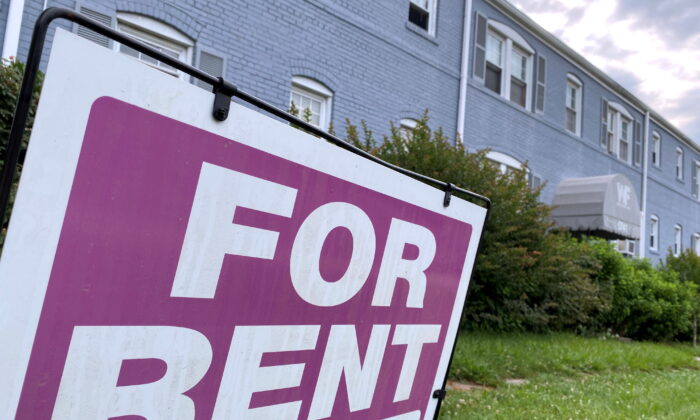
September saw another monthly boost in the amount of emergency rental aid paid out to tenants under the federal rental assistance scheme, which despite efforts to pick up the pace of disbursement has so far managed to spend around a quarter of available funds to stave off evictions, according to the Treasury Department.
department said in an Oct. 25 statement that more than $2.8 billion in rental aid was paid out to more than 510,000 households nationwide last month, an increase from the $2.3 billion that reached 459,000 households in August.
So far, some 2 million payments totaling around $10 billion have been disbursed—or less than a quarter of the $46.5 billion Congress authorized under two emergency rental aid programs. 2020 pandemic relief legislation established the Emergency Rental Assistance (ERA) program with $25 billion in funding (pdf), while the American Rescue Plan Act in March provided another $21.5 billion in rental assistance (pdf) in what’s known as ERA2.
Getting that aid to needy households has been slow, driven chiefly by application processing delays. Seeking to boost the pace of disbursement, the Treasury Department announced in August seven new policies meant to streamline the application process, including greater flexibility in the use of self-attestations by applicants to document financial hardship or the risk of homelessness.
“Nearly all jurisdictions reported continued growth in September, and many grantees that were slow to deliver assistance, initially, reported significant spikes as they adopted more of Treasury’s application and procedural flexibilities, streamlined operations, and reduced application backlogs,” the agency said in the statement.
Treasury noted that Los Angeles had more than doubled its September disbursements to $72 million from $32 million in August, while last month’s disbursements in Illinois jumped to $177 million from $62 million.
For communities that have not expended more than 30 percent of the rental aid funds that they were allocated under the program’s first tranche, Treasury will, in mid-November, start the process of reallocating funds to other communities, according to a note on the reallocation process (pdf).
Treasury said it’s on track to make over 3 million payments by the end of the year at the current rate.
“re’s no question that the 2 million payments and the path to 3.5 million payments in 2021 is making a meaningful difference in preventing the feared surge in evictions, but it is still not good enough,” said Gene Sperling, the White House coordinator for COVID-19 aid programs, according to Politico.
Concerns of a spike in evictions after the Supreme Court ended the Centers for Disease Control and Prevention’s nationwide eviction moratorium at the end of August have so far not materialized.
Evictions filings remain below historical averages, according to data collected by Princeton’s Eviction Lab.
Goldman Sachs economists estimated in August that 2.5 million to 3.5 million U.S. households are behind on their rent and, when the eviction moratorium expired at the beginning of October, between 1 million and 2 million households would face a higher risk of eviction.
Pezou : More Emergency Rental Aid Reaches Tenants as Treasury Seeks to Boost Disbursement